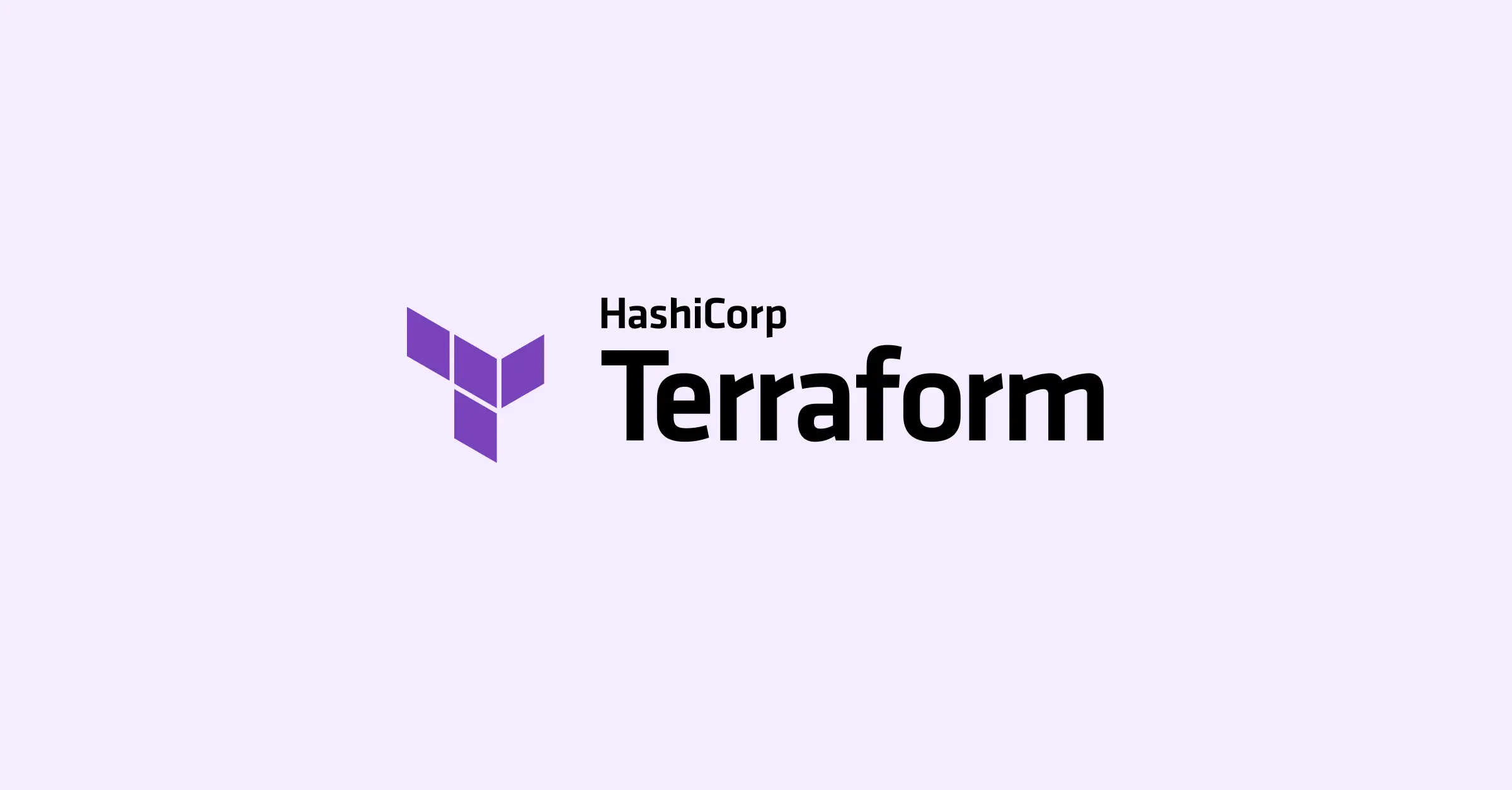Your business’s growth is intricately tied to its infrastructure. As you scale, managing a multitude of components and coordinating teams becomes increasingly complex. To streamline this process, you need robust tools that make scaling efficient and manageable. This includes leveraging technology like containers, cloud services, network appliances, SaaS, PaaS, and Kubernetes. Handling external resources from various providers can further complicate the situation.
Terraform, developed by HashiCorp, is a key tool designed to address these challenges. As a declarative coding tool, Terraform uses the HashiCorp Configuration Language (HCL) to define and manage cloud or on-premise infrastructure, enabling your applications to run smoothly.
This Infrastructure as Code (IaC) approach allows developers to automate and codify infrastructure management, making growth faster, more reliable, and repeatable while avoiding configuration drift. IaC also facilitates greater experimentation, testing, and optimization of applications and cloud environments.
While other tools like Puppet, Chef, SaltStack, and Ansible also offer valuable functionalities, Terraform stands out for its specific focus on provisioning. Let’s explore why Terraform is a compelling choice:
Provisioning vs. Configuration Management
- Provisioning Tools: Terraform specializes in provisioning, which involves setting up IT infrastructure by preparing servers with necessary operating systems and software. This process is automated with Terraform, enhancing scale and speed beyond manual methods. Terraform can provision servers, load balancers, databases, and network appliances, which can then be configured using tools like Ansible and SaltStack.
- Configuration Management Tools: Tools like Puppet and Chef focus on configuration management. They manage configurations across servers from a single controller, ideal for environments with many servers.
Terraform and configuration management tools like SaltStack can work together effectively. For instance, Terraform can provision a server cluster, which can then be configured with SaltStack and orchestrated with Kubernetes.
Terraform Workflow
To utilize Terraform effectively, follow these steps in the IaC process:
- Create Declarative Configuration Files: Use concise descriptions of all resources needed, such as servers, databases, and load balancers, to define your infrastructure requirements.
- Apply the Configuration: Terraform interprets these files to provision and manage infrastructure components automatically.
- Monitor and Manage: Continuously track and adjust your infrastructure as needed, leveraging Terraform’s capabilities for scaling and optimizing your environment.
In summary, Terraform provides a powerful, automated approach to provisioning that supports efficient scaling and management of your infrastructure. By integrating Terraform with other tools, you can create a comprehensive solution for managing complex environments and accelerating growth.
resource “aws_instance” “example” {
ami = “ami-408c7f28”
instance_type = “t1.micro”
monitoring = true
vpc_security_group_ids = [
“sg-1436abcf”,
]
tags = {
Name = “Application Server”
Environment = “production”
}
root_block_device {
delete_on_termination = false
}
}You can also define providers, such as:
provider “aws” {
region = “eu-west-1”
version = “~> 1.19”
access_key = “${var.aws_access_key}”
secret_key = “${var.aws_secret_key}”
}Once you’ve finished writing the HCL file, you need to verify that the execution plan aligns with your expectations for provisioning. To do this, use the plan command within the directory where your HCL file is located. Run the command like this:
terraform planIf all checks out, you then apply the HCL with the command:
terraform applyApplying the HCL file will update all your resources to achieve the desired state.
Terraform, being open-source and widely adopted, supports numerous providers, including:
- AWS
- Azure
- Google Cloud Platform
- Kubernetes
- Oracle Cloud Infrastructure
- Alibaba Cloud
- Active Directory
- Archive
- Boundary
- CISCO ASA
- Helm
- VMware vSphere
After applying your configurations, you can leverage Terraform’s Change Automation feature to create and apply complex changesets to your provisioned servers with minimal human intervention.
Terraform Use Cases
Here are some common applications of Terraform:
- Register External Services: Use Terraform with the Consul provider to register external services.
- Codify Vault Management: Automate the management of Vault, which stores and controls access to secrets like tokens and certificates, reducing human error.
- Manage Kubernetes Resources: Schedule and expose Pod instances using the Terraform Kubernetes Provider.
- Multi-Tier Applications: Build and manage N-tier architectures, with each tier described as a collection of resources.
- Self-Service Infrastructure: Enable teams to provision and manage their own infrastructure in a self-service manner.
- Disposable Environments: Create temporary environments for testing or QA purposes that can be easily discarded after use.
Conclusion
Terraform is a powerful tool for making infrastructure provisioning more reliable, efficient, and repeatable. Despite its learning curve, once your developers master it, your company can scale and grow with greater agility and effectiveness.






